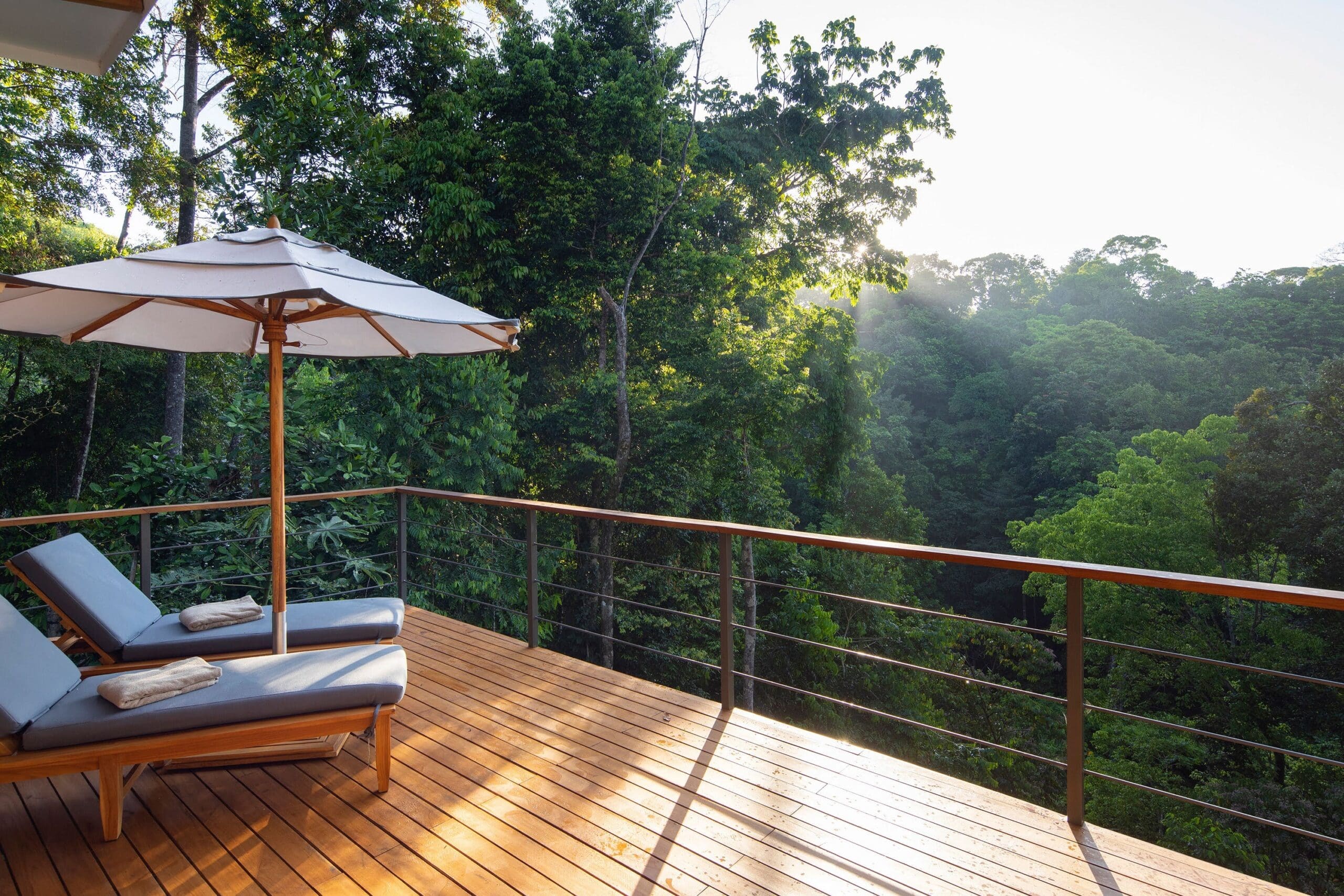Discover Corcovado
Discover Corcovado
OSA PENINSULA
Price
Highlights
Included/Excluded
Reviews
Calendar & Prices
You may like
GET A QUOTE
- Cancelation Policy: Cancelations and changes are permitted 16 days before the tour date.
- Availability: We recommend to book this tour 1 month in advance to get availability at the National Park.
- Private Group: All flights are private services.
- Covid -19 Precautions: Our special health and safety measures are in place.
- Taxes and Landing Fees: All rates include VAT.
- Requirements for your reservation: The passport information of each passenger, Passenger´s weight, Food allergies
- What to Bring? Minimum 1-2 liters of water per person- (Please bring your reusable water bottle. Single-use plastic bottles are forbidden inside protected areas. Sunscreen Insect repellent Hiking shoes (protected, comfortable, and preferably waterproof) Sandals & swimsuit Light and quick-dry clothes / Change of clothes if desired Hat or cap, handkerchief, Camera, binoculars (optional) and sunglasses (optional).
All tours are highly subject to Weather conditions
Safety is our number one priority, the tour can be delayed or canceled due to weather conditions. The weather can change hourly so we will do our best to communicate any cancelation or change.
The points of interest mentioned in our tour descriptions are highlights of the tour, which we always do our best to show you depending on the wind and weather. We might change the route if weather conditions are not ideal. Route and highlights might change and are not guaranteed.
Please contact Adventure Air if:
- You are unsure about the weight and Luggage allowance
- If you have special requests for your tour
- If you are unsure about the closest airstrip and best place to start the tour
- If you have any questions or passengers with special requirements or under 2 years
WE ARE HERE TO HELP!
EXPLORE
CORCOVADO NATIONAL PARK
On Costa Rica’s Osa Peninsula, Corcovado National Park is famous for having some 3% of Earth’s biodiversity. It’s also home to 50% of the country’s animal species. Corcovado is 128,495 acres of primary and secondary rainforest, and there are no roads into the park. Travel to and from this spectacular Costa Rica national park is by flight, foot, boat, or horseback. Close to the border with Panamá, the park covers the remote Osa Peninsula’s southwestern area. Corcovado is a naturalist’s dream: There are 500 species of trees. The park boasts 104 different mammals. One can find 367 different bird species. The park is home to 117 varieties of amphibians and reptiles. There are also 40 freshwater fish species.
With a naturalist guide—which is always required—you’re likely to see tapirs, scarlet macaws, silky anteaters, and monkeys (howler, spider, squirrel, and white-faced capuchin).If you are extra fortunate, you may see jaguars, ocelots, or pumas. The park’s trails wander past waterfalls, along rivers, and even to remote beaches.
The waters of the Dulce Gulf teem with marine species; humpback and sperm whales are in residence in December and January, while dolphins and pilot whales are year-round residents. Leatherback, Olive Ridley, and green sea turtles come ashore to lay eggs on the beaches.
Sirena station, is one of the most popular within the National Park, where most of the park’s flora and fauna are found. The best way to get to Sirena station is by air with Adventure Air, a 15-minute flight from Puerto Jimenez.
From there, the adventure begins!!
Get the advice of our Experts!
Reach out to the experts at Adventure Air today. We can help you plan the perfect Costa Rica vacation in this amazing destination., All easily accessible by a quick, domestic flight.

On Costa Rica’s Osa Peninsula, Corcovado National Park is famous for having some 3% of Earth’s biodiversity. It’s also home to 50% of the country’s animal species. Corcovado is 128,495 acres of primary and secondary rainforest, and there are no roads into the park. Travel to and from this spectacular Costa Rica national park is by flight, foot, boat, or horseback.
Close to the border with Panamá, the park covers the remote Osa Peninsula’s southwestern area. Corcovado is a naturalist’s dream:
There are 500 species of trees.
The park boasts 104 different mammals.
One can find 367 different bird species.
The park is home to 117 varieties of amphibians and reptiles.
There are also 40 freshwater fish species.
With a naturalist guide—which is always required—you’re likely to see tapirs, scarlet macaws, silky anteaters, and monkeys (howler, spider, squirrel, and white-faced capuchin).
If you are extra fortunate, you may see jaguars, ocelots, or pumas. The park’s trails wander past waterfalls, along rivers, and even to remote beaches.
The waters of the Dulce Gulf teem with marine species; humpback and sperm whales are in residence in December and January, while dolphins and pilot whales are year-round residents. Leatherback, Olive Ridley, and green sea turtles come ashore to lay eggs on the beaches.
Sirena station is the most popular within the National Park, where most of the park’s flora and fauna are found. The best way to get to Sirena station is by air with Adventure Air, a 15-minute flight from Puerto Jimenez.
From there, the adventure begins.


